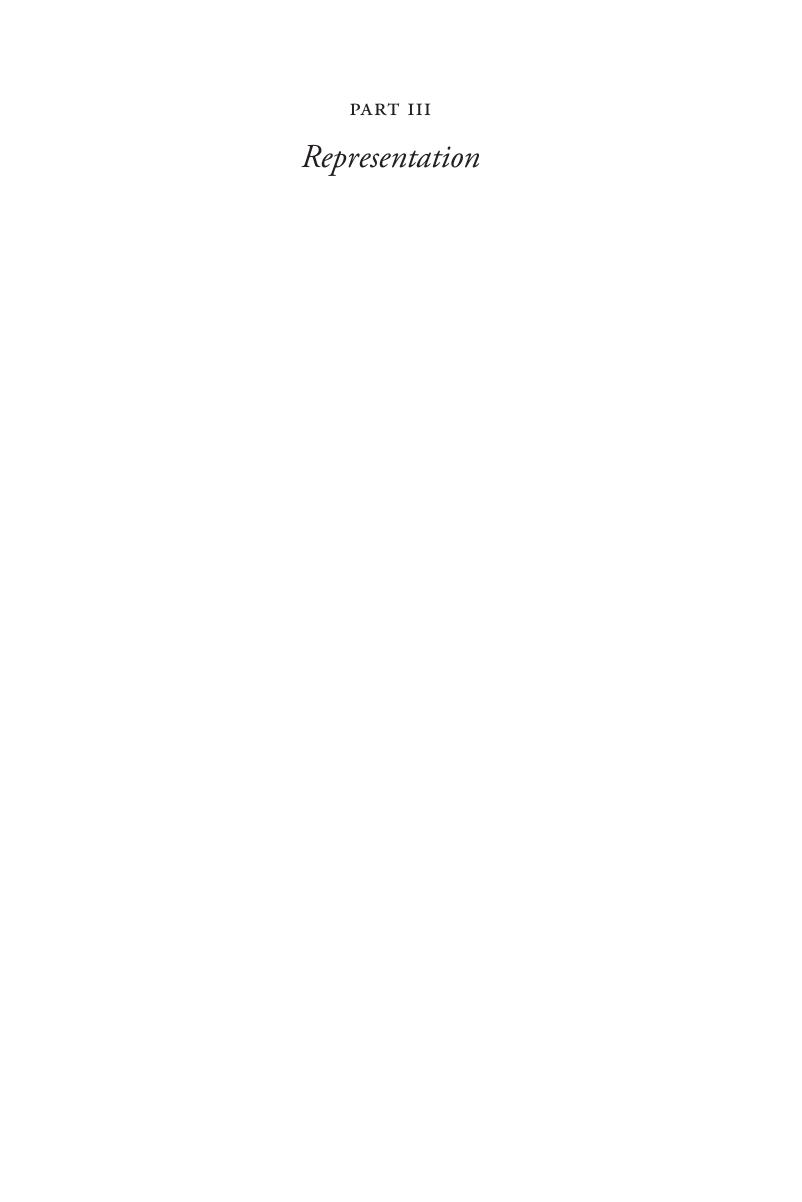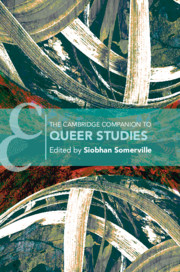Book contents
Part III - Representation
Published online by Cambridge University Press: 02 June 2020
Summary

- Type
- Chapter
- Information
- The Cambridge Companion to Queer Studies , pp. 123 - 198Publisher: Cambridge University PressPrint publication year: 2020

